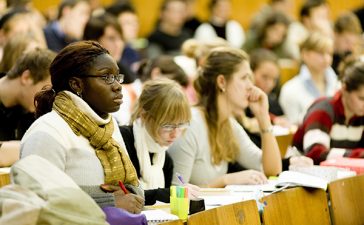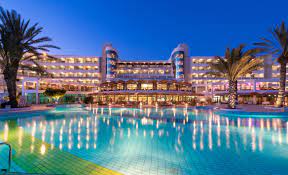One professor slammed the move in an op-ed, saying, “Falwell’s lack of concern does nothing to mitigate these students likely becoming vectors of the pathogen.”

The sun sets over the Liberty University campus in Lynchburg, Virginia, in May 2017.Julia Rendleman / The Washington Post via Getty Images fileMarch 24, 2020, 7:32 PM EET / Updated March 24, 2020, 8:37 PM EETBy Janelle Griffith
More than 1,100 students returned Monday following spring break, according to Scott Lamb, a spokesman for the university in Lynchburg. Falwell said he met with many of them.
“They were talking about being glad to be back,” Falwell said in a statement Monday published by the university news service. “I was joking about how they pretty much had the whole place to themselves, and told all of them to enjoy it.”
Liberty University in Virginia welcomed students back to campus Monday amid criticism of its president, Jerry Falwell Jr., for the decision during the coronavirus pandemic.
At least one professor at the university has criticized the move, writing in an op-ed that “Falwell’s lack of concern” about the pandemic puts faculty, staff and others in the city of Lynchburg at risk.
In addition, an online petition seeks Falwell’s removal over his alleged failure to take COVID-19 seriously.
The private evangelical Christian university in Lynchburg has 100,000 students, the school’s website says, of whom about 46,000 are undergraduates, according to U.S. News & World Report. About 57 percent of Liberty’s residential students live on campus, the university says.
The students returned on the same day Virginia Gov. Ralph Northam announced that all K-12 schools in the state will remain closed for the rest of the school year. Northam, who is a doctor, said the closures were necessary to slow the spread of the virus.
As of Tuesday morning, Virginia had 290 confirmed cases of the coronavirus, 45 hospitalizations and six deaths.
Falwell said the decision to have students return to campus was not made lightly.
After Northam imposed a 100-person limit on gatherings, most of the university’s programs were moved online.
“I was on a conference call with other college presidents and representatives from private colleges, and we listened to what other schools were doing,” he said. “Many were throwing their hands up and saying they would just close and others were going to extend their breaks.”
At that time, students were on spring break, which Falwell said gave the school time to work out a plan.
“Our thinking was, ‘Let’s get them back as soon as we can — the ones who want to come back.'”







